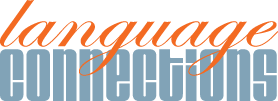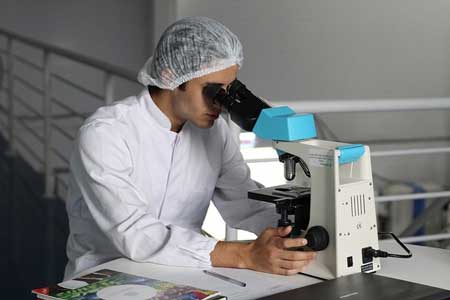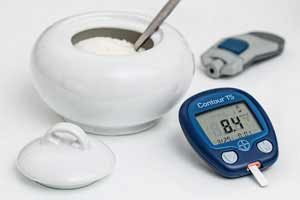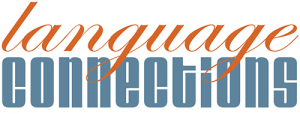Earlier this summer the EU accepted a replacement for the existing medical devices regulatory framework (Medical Device Directive) with new guidelines (Medical Device Regulation), and new changes will also apply to In Vitro Diagnostic Medial Devices. The changes are due to apply in 2020 and 2022 respectively. The directives are being implemented due to concerns over safety and regulatory lag in the Industry. With new regulations comes a need for updated medical device translation services to implement compliance measures.
Medical Device Translation: Medical Device Regulations Playing Catch-Up To Technical Advancement
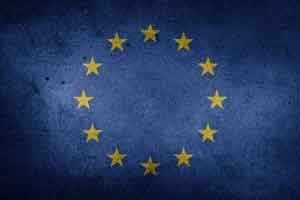
The dip in EU regulatory confidence also coalesces with, and is partly caused by, technological advancements in the medical devices field.
Technological advances in the industry have expanded far ahead of the EU’s regulatory framework which, legally, has remained static for the better part of two decades. With this regulatory overhaul, the EU hopes to alleviate safety concerns and reclassify devices to better harmonize with international markets.
Updating regulations will also bring with them a renewed need for medical device translation. Compliance with EU regulations through the coveted CE mark will necessitate proper understanding and implementation of the new rules, requiring medical device translation services for labeling, registration, and packaging.
Medical Device Translation: General Mandates
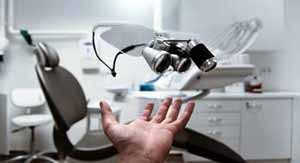
Illustrative of this problem is the long stretch of time which has passed since significant updates to the regulatory framework were last made. The last councils and directives on EU medical devices law were held in 1990, 1993, and 1998 with each round of councils applying to a single category of medical devices.
The 1990 council regulated active implantable medical devices while the 1993 and 1998 councils addressed Medical Devices and in Vitro Medical Devices (IVDs) regulation respectively
Medical Devices can be anything from x-ray machines to hip replacements while In Vitro Medical Devices are generally used to test bodily fluid samples in order to acquire diagnostic information.
Altogether, Medical Devices and In Vitro Medical devices make nearly 500,000 devices on the market. Every one of these devices, will, at the very least, require language adoption in labeling over the next three and five years.
What’s Changing And Where Does Medical Device Translation Come Into Play?
Perhaps the biggest change comes to the regulatory framework itself which used to cover three different legal documents but now only covers two. In Vitro devices will have their own legal document, In vitro Medical Diagnostics Regulation, while active implantable devices as well as non-diagnostic medical devices will be covered by the Medical Devices Regulation.
The new regulations particularly affect In Vitro Medical Devices (IVDs) as they are branded for use by laypersons and medical professionals.
Among major changes noted below, medical device manufacturers will likely need to undergo a full review of their devices – even those that have been on the market with CE marks for some time – to ensure they are fully compliant.
Medical device documentation translation plays a major role in this review, as any information that will be used by the general public or doctors in multi-lingual markets will need to have updates reflected in all the languages it’s available in.
The Changing Roles of Notified Bodies
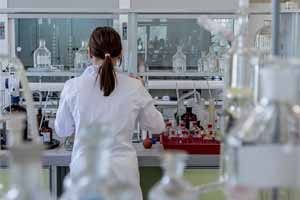
Notified Bodies designated by member states will be responsible for checking nearly 80% of all IVDs, significantly higher than previous directives which only required checking about 20% of all IVDs, to ensure they meet the requirements for CE certification. This leaves little room for mistakes within the product itself, as well as the labeling and registration.
More oversight by notified bodies means that manufacturers must understand and follow the new regulations. Newer products can be denied certification if they don’t meet the necessary requirements, and older products can easily be taken off the market due to mislabeled or badly registered items that don’t comply with new regulations.
This fact underscores the importance of having experts translate medical device documentation for firms that sell in the multi-lingual markets of Europe – as CE mark language requirements will vary between member states, as can be seen in the directive itself:
“The Member State in which the notified body is established may require that all or certain documents, including the technical documentation, audit, assessment and inspection reports…be made available in an official Union language(s) determined by that Member State. In the absence of such requirement, those documents shall be available in any official Union language acceptable to the notified body.”
Classification and Assessment Changes
In Vitro Devices will be subject to new risk classification guidelines as well as tracking mechanisms. These better align the EU’s categorization with international standards, particularly with those of the United States–an important industry partner.
This ultimately means that the I-III classification system, with I being low risk and III high risk, remains but particular devices are likely to change classes.
Each manufacturer must also employ at least one person responsible for regulatory compliance.
The new classifications again mean changes to the language on labeling, the packaging of a device, and government device registration. Medical device translation services must be provided by a professional life sciences translation company in order to ensure compliance and entry to the European market.
Surveillance and Traceability
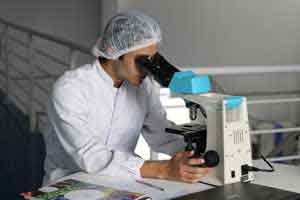
US exporters who rely on the European market (which most of the largest firms do) must not only understand the guidelines prescribed by the EU, they must also update their devices as well as safety and quality standards in order to remain compliant.
Adjustment difficulties are likely to be compounded by new provisions requiring re-registering devices to an EU monitored database as well as a tracking system for implanted devices.
All manufacturers are required to fit their products with unique device identification in order to increase traceability. Firms must also provide an implant card “in the language(s) determined by the concerned Member State” that detail the identification of the device, as well as other warnings and information.
Post market surveillance also includes regular reports on serious incidents of device failures. All of this information must be reported to a publicly accessible forum, a feature meant to increase transparency.
Considerable language adoptions via professional medical device translation will be necessary in order to convey the required information to linguistically varied populations across the EU. This need is made even more important by the fact that the public is meant to access such information.
As such, high quality translations coupled with a long-term review strategy are a necessity to ensure the information required by the regulatory bodies is articulated effectively.
The Work Ahead
The aforementioned are only a few of the changes that will be implemented with the updated regulations.
Unsurprisingly, these regulations mean extra time and resources allocated to meeting new standards not only for the next three and five transitional years, but after the new framework takes effect as well.
To highlight the enormity of the work ahead, the transition is expected to necessitate review and potentially updates on almost all devices and documentation, as well as the reclassification of around 10% of all devices on the market. Reclassification data must also be made available in the languages of each particular EU member nation.
Thus, part of the work medical device manufacturers can and should anticipate for is extensive language adaptions to the technical documentation necessary for classification and compliance.
Learn More About Our Medical Device Translation Services!
Sources :
- Official Journal of the European Union L117
- Europarl – Medical devices and in vitro diagnostic medical devices
- European Commission – Medical Devices Regulatory Framework, New Regulations
- RAPS – 6 Things You Need to Do to Prepare for the New EU Medical Device Regulation
- Med Device Online – EU Finalizes Revamped Medical Device, IVD REgulations
About Language Connections:
Language Connections is one of the top language service companies in the US. Over the last 30 years, we’ve focused on providing the best business translation services, interpreting services, as well as interpreter training and customized language training programs. In addition to top-tier corporate language training, we offer certified corporate interpreters and professional business translation services in 200+ languages. Our network includes linguists with backgrounds in all major industries. They’re ready to meet your needs, whether they’re for technical translation services, legal translation, government translation services, international development translation services, education translation services, life sciences translation, or something else. Reach out to us today for a free quote on our cost-efficient and timely translation services, interpreters, or other linguistic services.
Language Connections Inc.
2001 Beacon Street, Suite 105,
Boston, MA 02135
Phone: +1-617-731-3510
Email: service@languageconnections.com
